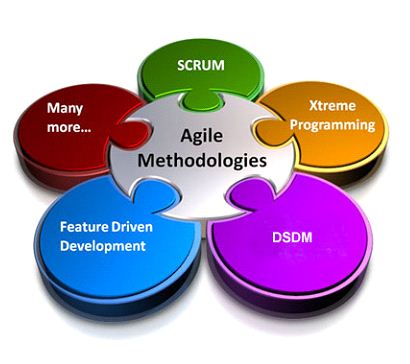
Agility is critical for companies trying to keep up with customer expectations and emerging business trends. By adopting an agile approach, software development teams can create new products and services rapidly, transform processes, and even help reinvent the organization. But agile teams can hesitate as they interact and depend on others, so it becomes a matter of anticipating and mitigating these points in the organization.
Consider a credit card company that wants to update its mobile app so customers can easily check and redeem their reward points. The company creates an agile team of developers, designers, and an initiative owner who understands customer behavior and can make decisions about focus and priorities. This team updates the app in a few weeks, but it takes months for another part of the organization to provide the data feeds from the rewards system, and longer still for another part to integrate these changes into the app, delaying the rollout of the new functionality.
Customers like the new feature, but now they also want to see recent points activity when they log in. The members of the original agile team have moved on, and since everyone is busy, it takes a few months to pull together a new team. This team makes the changes but overlooks a defect that causes the update to fail vulnerability testing. Once fixed, the operations team refuses to release the code to customers without more thorough testing. Disagreements between the development and operations teams about the extent of that testing further delay the new update.
These are the obstacles that are encountered and lead us to an important lesson:
1. Agile is powerful, but it is not enough. To have a truly effective digital organization, companies have to fix the speed bumps that slow down the rapid progress of agile software development.
2. Three impediments in particular work against agile in most organizations: rigid architecture, poor talent management, and lack of a product mindset.
So, this was all about the agile approach in current e-commerce businesses.
In the next article, we’ll explore each of these above mentioned points and will discuss them in detail and I will also introduce some effective ways for an organization to run smoothly.

Refernces:
https://link.springer.com/chapter/10.1007/978-3-642-16416-3_6
https://sloanreview.mit.edu/article/agile-is-not-enough/
https://www.forbes.com/sites/forbestechcouncil/2017/05/19/agile-is-not-enough/#4fd338fb4bfb
